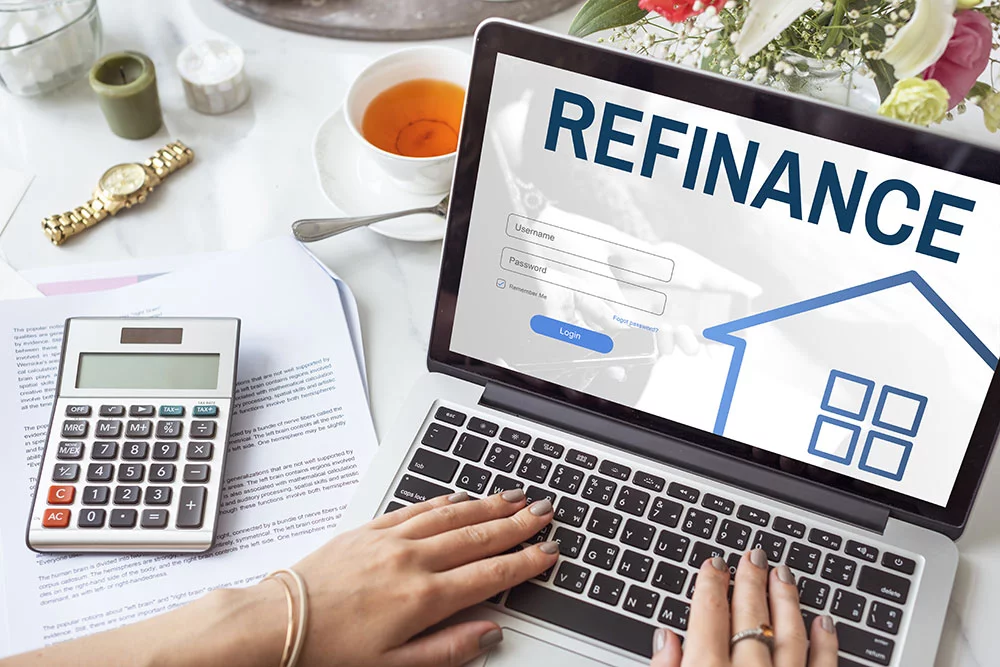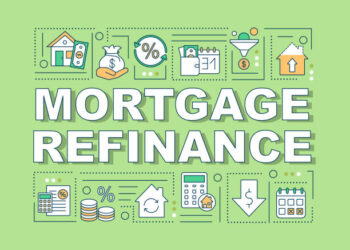Mortgage refinancing is a financial strategy that has gained significant attention in recent times due to its potential to save money, lower interest rates, and improve overall financial health. In this essay, we will delve into the concept of mortgage refinancing, its benefits, considerations, and the steps involved.

Understanding Mortgage Refinancing
Mortgage refinancing refers to the process of replacing your existing mortgage with a new one, usually with different terms. The primary objective is to obtain a new loan that offers more favorable terms, such as a lower interest rate, which can lead to reduced monthly payments and potentially save you money over the life of the loan.
Benefits of Mortgage Refinancing
- Lower Interest Rates: One of the most significant advantages of mortgage refinancing is the opportunity to secure a lower interest rate. With interest rates constantly fluctuating, refinancing when rates are lower than when you initially obtained your mortgage can result in substantial savings over time.
- Reduced Monthly Payments: By obtaining a new loan with a lower interest rate, your monthly mortgage payments can decrease. This can free up funds that you can allocate towards other financial goals or expenses.
- Shortening Loan Term: Refinancing provides an opportunity to switch to a shorter loan term. While this may lead to slightly higher monthly payments, it can help you pay off your mortgage sooner and save significantly on interest payments.
- Access to Equity: If your home has appreciated in value since you purchased it, refinancing can allow you to access some of the built-up equity through a cash-out refinance. This money can be used for home improvements, debt consolidation, or other financial needs.
- Switching Loan Type: Refinancing enables you to switch from an adjustable-rate mortgage (ARM) to a fixed-rate mortgage, providing stability and protection against potential future interest rate hikes.
Considerations and Steps Involved
- Assess Financial Goals: Before refinancing, consider your short-term and long-term financial goals. Determine whether the potential savings from refinancing align with your objectives.
- Check Credit Score: A good credit score is essential for securing favorable refinancing terms. Check your credit report and work on improving your score if needed.
- Gather Necessary Documents: Similar to obtaining an initial mortgage, you’ll need to provide financial documents such as income statements, tax returns, and credit history.
- Shop Around for Lenders: Research various lenders to find the best refinancing deals. Compare interest rates, closing costs, and terms offered by different financial institutions.
- Calculate Costs vs. Savings: Consider the closing costs associated with refinancing. Calculate how long it will take for the savings from lower monthly payments to cover these costs.
- Submit Application: Once you’ve chosen a lender, submit a refinancing application. The lender will evaluate your financial profile and property value to determine your eligibility.
- Appraisal and Approval: A home appraisal will be conducted to determine the current market value of your property. If everything checks out, the lender will approve your refinancing application.
Mortgage refinancing can be a valuable financial strategy when approached with careful consideration and understanding. By assessing your goals, exploring options, and weighing the costs against potential savings, you can make informed decisions that positively impact your financial well-being.

Mortgage Refinancing – Making Informed Financial Decisions
In the realm of personal finance, the concept of mortgage refinancing has emerged as a powerful tool that allows homeowners to optimize their financial situations. This essay will delve into the intricacies of mortgage refinancing, discussing its significance, advantages, potential drawbacks, and the steps involved in pursuing this avenue of financial management.
The Significance of Mortgage Refinancing
Mortgage refinancing holds a unique significance for homeowners as it provides an opportunity to revisit and potentially improve the terms of their home loans. With fluctuating interest rates and evolving financial circumstances, refinancing offers a chance to restructure a mortgage in a way that aligns better with current financial goals.
Advantages of Mortgage Refinancing
- Interest Rate Reduction: One of the primary attractions of mortgage refinancing is the prospect of securing a lower interest rate. This reduction can lead to substantial savings over the life of the loan.
- Financial Flexibility: Refinancing can provide homeowners with financial flexibility by reducing monthly mortgage payments. This, in turn, frees up resources that can be directed towards investments, debt reduction, education, or other financial objectives.
- Debt Consolidation: Homeowners with multiple debts can use mortgage refinancing to consolidate high-interest debts into a single, lower-interest mortgage payment. This simplifies financial management and reduces overall interest payments.
- Access to Equity: Through a cash-out refinance, homeowners can tap into the equity they’ve built in their homes. This can provide funds for major expenses, such as home improvements, college tuition, or emergency situations.
- Enhanced Loan Terms: Refinancing allows homeowners to change their loan terms. Transitioning from an adjustable-rate mortgage to a fixed-rate mortgage, for instance, can offer stability and protection against future interest rate fluctuations.
Considerations and Steps for Mortgage Refinancing
- Financial Assessment: Before embarking on refinancing, evaluate your financial goals. Determine whether your objectives align with the potential savings and costs associated with refinancing.
- Credit Review: A strong credit score is crucial for securing favorable refinancing terms. Check your credit report, rectify any errors, and work on improving your credit score if necessary.
- Document Collection: Similar to the initial mortgage process, you’ll need to gather financial documents like income statements, tax returns, and credit history reports.
- Lender Exploration: Research various lenders to find the best refinancing options. Compare interest rates, closing costs, and terms to make an informed decision.
- Cost-Benefit Analysis: Calculate the savings gained from lower monthly payments against the costs of refinancing, including closing costs. Determine the breakeven point when savings outweigh costs.
- Application Submission: Submit your refinancing application to the chosen lender. The lender will evaluate your financial standing and assess your property’s value.
- Appraisal and Approval: An appraisal will be conducted to determine your property’s current market value. If all requirements are met, your refinancing application will be approved.
In conclusion, mortgage refinancing serves as a testament to the dynamic nature of personal finance. By thoughtfully considering your financial objectives, exploring options, and conducting a comprehensive cost-benefit analysis, you can leverage mortgage refinancing to optimize your financial situation and work towards achieving your long-term goals.























Discussion about this post